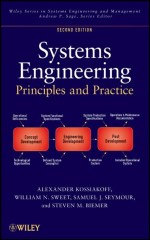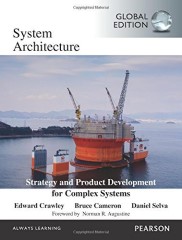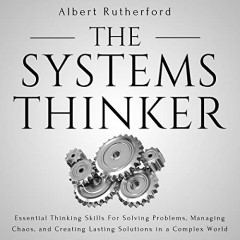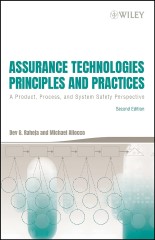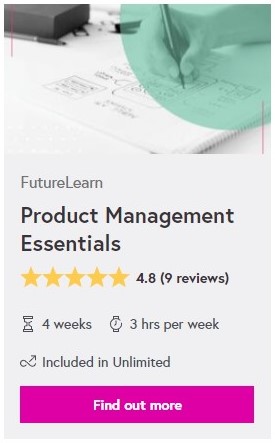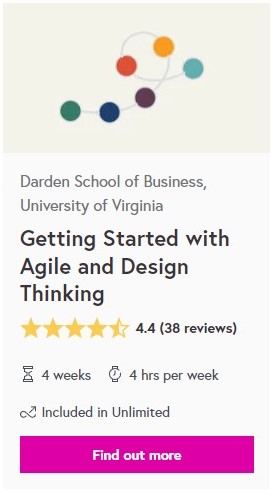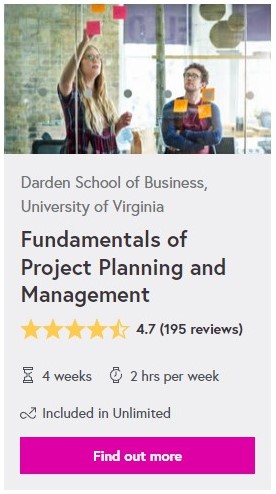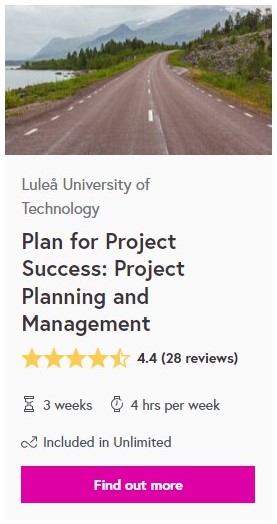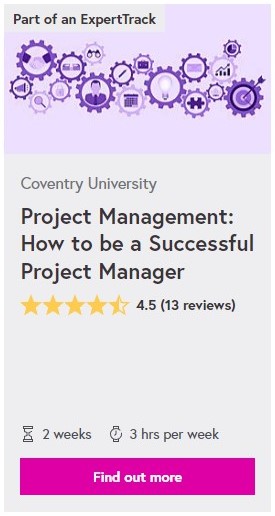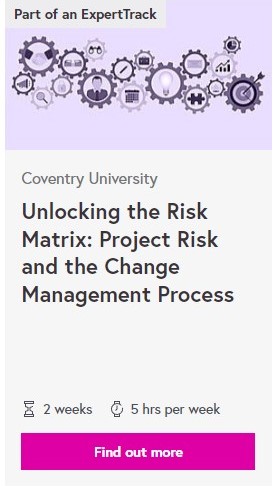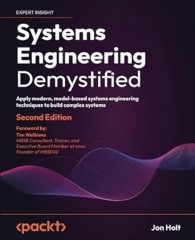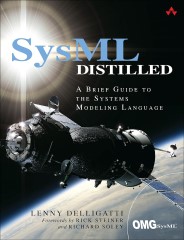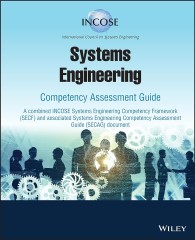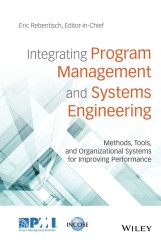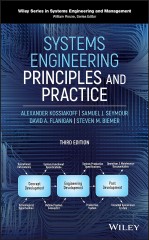As artificial intelligence reshapes the business analysis landscape, professionals who master AI-enhanced requirements management will emerge as strategic leaders. This comprehensive guide reveals proven methodologies for leveraging AI tools while preserving the human expertise that drives project success.
Table of Contents
- The New Paradigm: AI as Your Requirements Partner
- 1. Revolutionizing Stakeholder Engagement Through AI-Powered Elicitation
- 2. Mastering Precision Requirements Writing in the Digital Age
- 3. AI-Enhanced Problem Analysis: From Symptoms to Strategic Solutions
- 4. Advanced Facilitation: Leading High-Impact Requirements Sessions
- 5. Future-Proofing Your Requirements Practice
- Conclusion: Leading the Requirements Revolution
The New Paradigm: AI as Your Requirements Partner
The traditional role of business analyst is experiencing its most significant transformation since the advent of digital project management. While industry headlines warn of AI displacement, forward-thinking professionals recognize an unprecedented opportunity: AI isn’t replacing human insight—it’s amplifying it.
Consider this reality: Organizations implementing AI-enhanced requirements processes report 40% faster project delivery times and 35% fewer change requests during development phases. The differentiator isn’t the technology itself, but how skillfully professionals integrate AI capabilities with human strategic thinking.
Recommended Further Reading Amazon Books1. Revolutionizing Stakeholder Engagement Through AI-Powered Elicitation
The Strategic Transformation of Requirements Gathering
Modern requirements elicitation transcends traditional interview-and-document approaches. Today’s most effective business analysts employ AI as an intelligent research assistant, conversation facilitator, and insight synthesizer.
Pre-Engagement Intelligence:
- Leverage AI platforms to research stakeholder backgrounds, industry challenges, and competitive landscapes
- Generate comprehensive question libraries tailored to specific stakeholder roles and organizational contexts
- Develop conversation frameworks that adapt to different communication styles and personality types
- Create industry-specific terminology guides to enhance credibility and rapport
During Stakeholder Interactions:
- Employ real-time AI transcription to capture nuanced discussions without distraction
- Use AI-suggested follow-up questions to explore deeper business contexts
- Leverage sentiment analysis to adjust facilitation approaches based on stakeholder engagement levels
- Generate immediate requirement themes as conversations unfold
Post-Engagement Synthesis:
- Transform raw interview data into structured user stories using targeted AI prompts
- Identify requirement patterns across multiple stakeholder groups automatically
- Generate prioritized requirement backlogs based on business impact analysis
- Create comprehensive stakeholder influence maps with relationship dependencies
Advanced Document Mining Techniques
AI-Enhanced Analysis Framework:
| Document Type | AI Application | Business Value |
|---|---|---|
| Process Documents | Extract workflow steps and decision points | Identify automation opportunities |
| System Architecture | Map data flows and integration requirements | Uncover hidden dependencies |
| Regulatory Compliance | Identify mandatory requirements and constraints | Ensure complete compliance coverage |
| Historical Projects | Analyze patterns and lessons learned | Predict potential risks and opportunities |
| Competitor Analysis | Benchmark features and capabilities | Guide strategic positioning |
Implementation Strategy:
- Begin with pilot document categories to establish AI processing workflows
- Develop organization-specific prompt libraries for consistent analysis quality
- Create validation protocols to ensure AI-generated insights align with business contexts
- Establish feedback loops to continuously improve AI analysis accuracy
2. Mastering Precision Requirements Writing in the Digital Age
The Foundation of Executable Requirements
Clear requirements documentation serves as the cornerstone of successful project delivery. In the AI era, this skill becomes exponentially more valuable as requirements often need to interface with intelligent systems and automated processes.
The Enhanced IOW (In Other Words) Methodology: This proven technique eliminates ambiguity through systematic clarification:
- Identify potentially ambiguous terms within requirement statements
- Generate alternative phrasings using both human insight and AI suggestions
- Validate interpretations across all stakeholder groups
- Refine language until unanimous understanding is achieved
- Document approved terminology in centralized glossaries
Precision Writing Framework: Effective requirements follow this structured approach:
- Actor Identification: Specify exactly who or what initiates the requirement
- Action Definition: Use measurable, testable verbs that eliminate interpretation
- Object Specification: Define precisely what receives the action
- Conditional Parameters: Detail when, where, and under what circumstances
- Success Criteria: Establish measurable outcomes and acceptance conditions
Context-Driven Documentation Strategies
Audience-Specific Communication:
- Executive Stakeholders: Emphasize strategic alignment, ROI impact, and competitive advantage
- Development Teams: Provide detailed functional specifications, data requirements, and integration points
- End Users: Focus on workflow improvements, user experience enhancements, and operational benefits
- Quality Assurance: Include comprehensive test scenarios, edge cases, and performance benchmarks
Quality Assurance Integration: Structure requirements to support comprehensive testing:
- Embed automated testing criteria within requirement statements
- Define clear boundary conditions for system behavior
- Specify error handling and exception management protocols
- Include performance metrics and scalability requirements
3. AI-Enhanced Problem Analysis: From Symptoms to Strategic Solutions
The APSRT Problem-Solving Framework
Contemporary problem analysis demands systematic approaches that combine human strategic thinking with AI-powered data analysis. The APSRT methodology provides this integration:
Assess: Comprehensively evaluate the business situation using both human observation and AI data analysis Pinpoint: Identify core issues through stakeholder input and pattern recognition algorithms Synthesize: Combine multiple perspectives using AI-assisted affinity analysis Recommend: Develop evidence-based solutions supported by AI modeling and human creativity Track: Monitor implementation progress using AI-enhanced metrics and human judgment
Advanced Root Cause Analysis Techniques
The AI-Enhanced Five Whys Process: Transform traditional root cause analysis through intelligent augmentation:
- Initial Problem Articulation: Use AI to help stakeholders clearly define and scope the problem
- First-Level Analysis: Employ AI to suggest potential underlying causes based on industry patterns
- Deeper Investigation: Leverage AI pattern recognition to identify similar problems and solutions
- Root Cause Validation: Use AI data analysis to confirm findings with quantitative evidence
- Solution Development: Generate multiple solution pathways using AI brainstorming and human creativity
Intelligent Cause-and-Effect Analysis: Enhance traditional fishbone diagrams with AI capabilities:
- Generate comprehensive cause categories using industry best practices
- Analyze historical data to identify statistically significant contributing factors
- Create probability assessments for different cause scenarios
- Develop interactive analysis tools that update as new information emerges
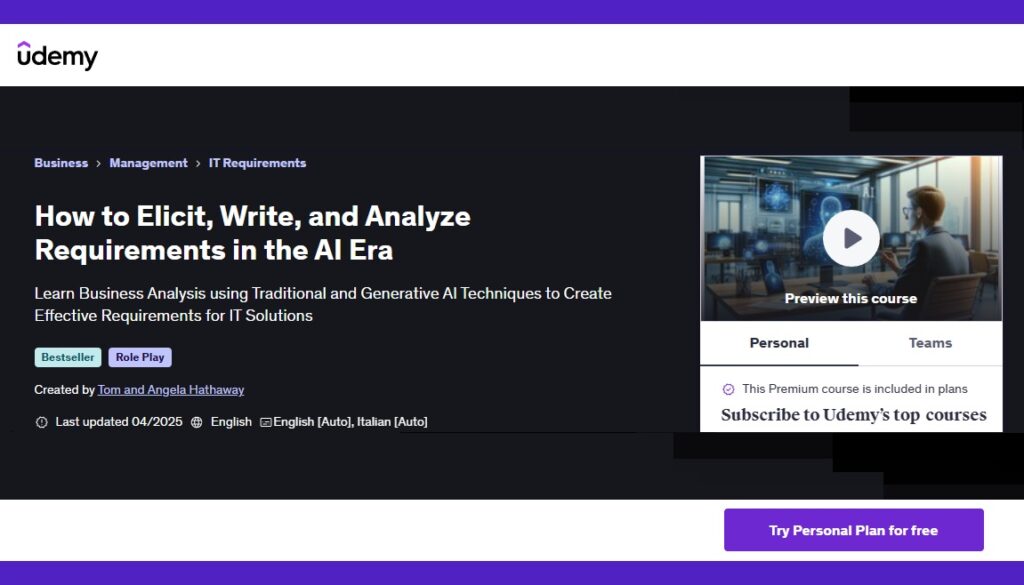
Case Study: Siemens Mobility – AI-Driven Requirements Management for Rail Systems
Background: Siemens Mobility, a global leader in rail transportation solutions, recognized that traditional requirements management processes couldn’t keep pace with the complexity of modern rolling stock and infrastructure projects. Managing requirements across the entire lifecycle—from initial design through manufacturing, deployment, operation, and maintenance—required a revolutionary approach.
AI-Enhanced Requirements Framework: Siemens implemented comprehensive AI integration across their requirements management lifecycle:
- Requirements Capture: Used natural language processing to extract technical specifications from regulatory documents, customer contracts, and engineering standards across multiple countries and languages
- Digital Twin Integration: Employed AI to correlate physical performance data with original requirements, identifying gaps between specified and actual system performance
- Predictive Requirements Analysis: Leveraged machine learning algorithms to analyze historical project data and predict requirements that would emerge during later project phases
- Cross-System Validation: Implemented AI-powered consistency checking across rolling stock, infrastructure, and signaling system requirements
Transformational Results:
- 40% Reduction in requirements-related change orders during manufacturing phases
- Enhanced Quality Assurance: AI-driven analysis identified potential requirement conflicts before they impacted production schedules
- Lifecycle Optimization: Predictive analytics enabled proactive requirements refinement, reducing maintenance costs by 25% across deployed systems
- Global Standardization: AI translation and interpretation capabilities enabled consistent requirements management across international projects
Strategic Impact: Siemens’ AI-enhanced approach transformed requirements from static documentation into dynamic, intelligent systems that continuously evolve with real-world performance data. This enables them to deliver rail solutions that not only meet initial specifications but adapt and improve throughout their operational lifecycle, setting new industry standards for intelligent transportation systems.
Recommended Further Reading Amazon Books4. Advanced Facilitation: Leading High-Impact Requirements Sessions
The Modern Requirements Workshop
Effective facilitation in the AI era requires seamless integration of human relationship management with technology-enhanced productivity. Success depends on creating environments where stakeholders feel genuinely heard while efficiently capturing and analyzing their contributions.
AI-Assisted Preparation Strategies:
- Generate comprehensive agendas based on stakeholder analysis and project objectives
- Create personalized pre-meeting questionnaires using AI to gather initial perspectives
- Develop scenario-specific discussion guides that adapt to different stakeholder configurations
- Prepare evidence-based talking points using AI research on industry trends and best practices
Managing Complex Stakeholder Dynamics
The Dominator Challenge: When stakeholders monopolize discussions:
- Implement structured turn-taking protocols with AI-generated redirect questions
- Use real-time sentiment analysis to identify when other participants become disengaged
- Create parallel feedback channels for less vocal stakeholders
- Employ time-boxing techniques with gentle but firm enforcement strategies
The Skeptical Stakeholder: For resistance to change or new approaches:
- Prepare evidence-based responses using AI-researched industry examples and success stories
- Develop logical argument frameworks that address specific concerns systematically
- Create small-scale pilot opportunities to demonstrate value before full implementation
- Use AI modeling to address “what if” scenarios and risk concerns
The Distracted Participant: When stakeholders seem disengaged:
- Leverage AI analysis to identify topics that align with their specific interests and responsibilities
- Implement interactive elements and direct questions to maintain active participation
- Create personal relevance connections between requirements and their daily operational challenges
- Use brief, energizing activities to refocus attention and re-engage participants
Real-Time Intelligence and Synthesis
Advanced Affinity Analysis: Transform chaotic brainstorming outputs into organized strategic insights:
- Use AI algorithms to automatically categorize and group related ideas
- Identify emerging themes and patterns across different stakeholder perspectives
- Generate priority rankings based on frequency, importance, and strategic alignment
- Create visual representations of idea relationships and dependencies
- Develop consensus indicators that show where group thinking is converging
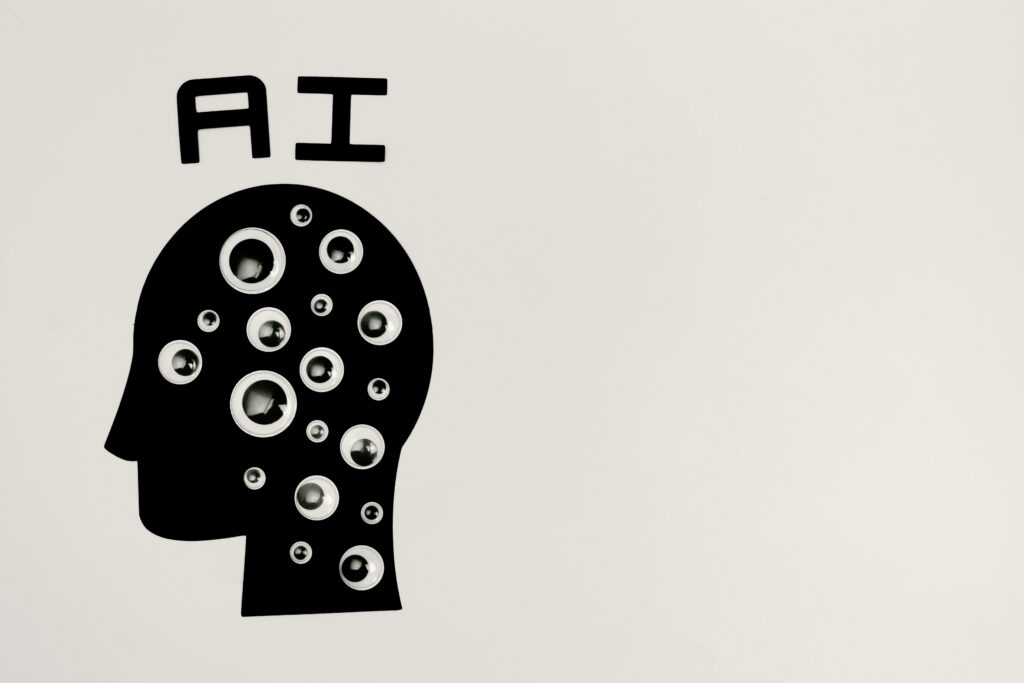
5. Future-Proofing Your Requirements Practice
Building Strategic AI-Human Partnerships
The most successful business analysts of the next decade will position themselves as strategic orchestrators of AI-human collaboration rather than traditional documentation specialists. This evolution requires developing new technical capabilities while strengthening uniquely human competencies.
AI Integration Competencies:
- Master prompt engineering techniques for optimal AI tool performance
- Develop skills in validating AI-generated content for accuracy and business relevance
- Build understanding of AI limitations and appropriate application contexts
- Create personal AI toolkits customized to industry-specific requirements
Enhanced Human Capabilities:
- Strengthen emotional intelligence for deeper stakeholder relationship management
- Develop systems thinking to understand complex organizational interdependencies
- Build creative problem-solving skills that complement AI analytical capabilities
- Cultivate strategic thinking abilities that guide effective AI tool utilization
Practical AI Implementation Examples
Example Prompt 1: Stakeholder Analysis and Question Generation
"I'm preparing for a requirements gathering session with the CFO of a mid-size retail company implementing a new inventory management system. The company has 15 retail locations and processes approximately $50M annually. Based on typical CFO concerns and retail industry challenges, generate 10 strategic questions that will help me understand their financial reporting requirements, budget constraints, and ROI expectations for this project. Include follow-up questions for each main topic."
Example Prompt 2: Requirement Clarification and Validation
"Review this requirement statement for ambiguity and suggest improvements: 'The system should provide fast reporting capabilities for managers to access sales data efficiently.' Identify specific terms that need clarification, suggest measurable criteria, and rewrite this requirement using the [Actor-Action-Object-Condition-Outcome] framework. Also provide 3 test scenarios that would validate this requirement."
Career Development Roadmap
Skill Portfolio Evolution: Essential competencies for AI-enhanced business analysis:
- Advanced AI Tool Proficiency: Master multiple AI platforms and understand optimal use cases for each
- Data Interpretation Skills: Develop ability to analyze AI-generated insights and translate them into business strategy
- Strategic Communication: Learn to present AI-enhanced findings in compelling, actionable formats
- Change Leadership: Build capabilities in guiding organizations through AI-enhanced process transformations
Continuous Learning Framework:
- Participate in AI and business analysis professional communities
- Experiment with emerging AI tools in controlled, low-risk environments
- Develop industry-specific AI application expertise
- Create personal learning projects that combine AI tools with real business challenges
Measuring AI Integration Success
Performance Indicators: Track the impact of AI integration through quantifiable metrics:
- Efficiency Gains: Time reduction in requirements gathering, documentation, and analysis phases
- Quality Improvements: Decreased ambiguity rates, fewer change requests, and improved stakeholder satisfaction scores
- Strategic Value: Enhanced alignment between delivered solutions and business objectives
- Innovation Metrics: Number of creative solutions generated through AI-human collaboration
Conclusion: Leading the Requirements Revolution
The convergence of artificial intelligence and business analysis represents the most significant professional opportunity in decades. Organizations worldwide seek business analysts who can navigate this intersection skillfully, combining AI capabilities with human strategic insight to drive exceptional project outcomes.
The future belongs to professionals who view AI as a powerful amplifier of human expertise rather than a replacement for it. By mastering AI-enhanced elicitation techniques, precision writing methodologies, advanced problem analysis, sophisticated facilitation skills, and strategic AI integration, you position yourself as an indispensable strategic partner in your organization’s digital transformation journey.
Success in the AI era requires more than technical proficiency—it demands the wisdom to know when to leverage AI capabilities and when to rely on uniquely human insights. The most powerful AI tool remains only as effective as the skilled professional who guides its application.
Your transformation begins with your next stakeholder conversation, your next requirements document, and your next opportunity to bridge the gap between business vision and technological possibility. The question isn’t whether AI will change requirements management—it’s whether you’ll lead that change or merely respond to it.
The choice, and the competitive advantage, is yours.


